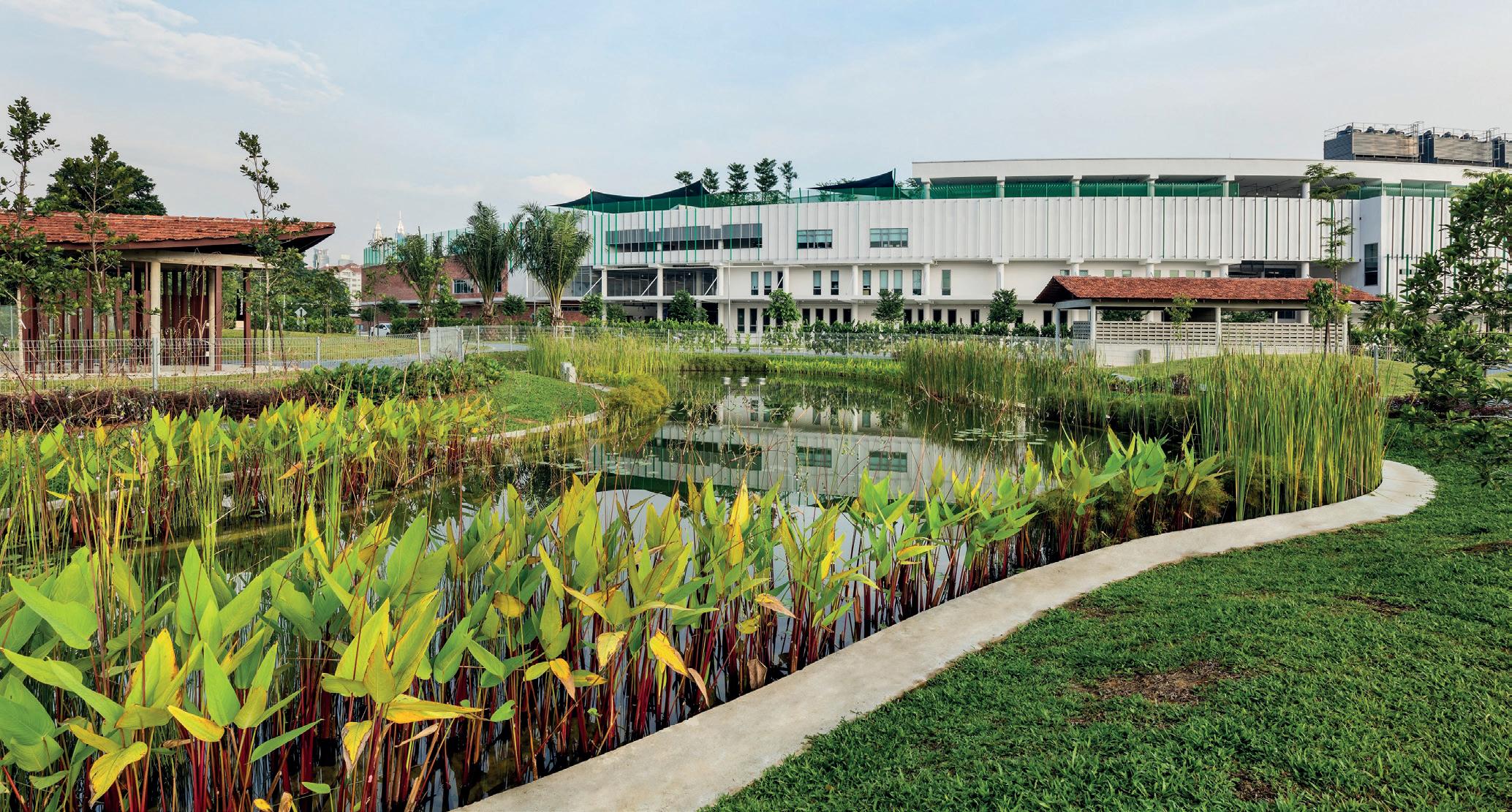Book reviews application of AI; as computational processes are purely datadriven there is a risk of representing inaccurate, incomplete information about teaching and learning scenarios. As Hilary Mason reminds us, AI is not ‘magic’ – instead, ‘it’s math and data and computer programming, made by regular humans’. The final chapter revisits and elucidates some of the central questions raised initially in the book. Selwyn urges us to be critical of the innovative technologies in education, which he describes as an area of exaggerated expectation and uninformed speculation. He continues to emphasize the value of ‘human teachers’ and strongly dismisses the notion that AI technology might supersede them. Selwyn argues that discussion and agendas around AI in education have been dominated by technology designers, vendors and corporate reformers; also necessary is the involvement of educators, students, parents and other stakeholders in education. Looking ahead, it is interesting to contemplate the evolution of AI, still in its infancy and raising a range of issues, arguments and concerns of enormous importance that will impact the future of education and society.
Selwyn’s book lucidly examines the potential benefits and pitfalls of Artificial Intelligence in the formal education context. It provides critical insight into various nuances and complexities in social, political and economic domains that require careful consideration when implementing Artificial Intelligence in education. The title of the book compels us to reflect on an issue that is neither simply technical nor educational. Instead it impacts history, society and humanity. That being said, the book is engaging, thought-provoking and a must-read for those who are interested in issues pertaining to the future of education. It has immensely inspired me to continue my personal research into Artificial Intelligence in education. Naaz Kirmani was Head of Senior School at Indus International School, Pune, India before becoming in 2018 a doctoral researcher at the University of Bath, UK. Email: N.Kirmani@bath.ac.uk
They’re Called the ‘Throwaways’ Children in Special Education Using Artmaking for Social Change by Christa Boske (Ed) Leiden, Brill (2019) Reviewed by Richard Caston ‘Christa, our kids are the throwaways … no one wanted them … no one believed them … so many of our children have been thrown unwillingly into a system that no longer validates their existence … it’s shameful and unacceptable … they think of themselves as throwaways’. [Teacher to Christa Boske] Christa Boske and the contributors to her book describe how the lives of special education students have been transformed by the integration of artmaking into their daily lives. In the Introduction, ‘Artmaking as Sensemaking as a Winter
Summer |
| 2020
Portrait of Resilience for Children with Learning Differences’, she presents a strong case for the programme and the positive ways in which students have benefitted from participating in it. Many of the students highlighted in the book, mostly in grades 6 to 8, have endured low expectations, bullying and abuse, both inside and out of school, and as a result have suffered from a host of social, emotional and learning difficulties. Their academic progress at school has often been neglected by the educational leadership and by a lack of inclusion within school communities; hence the term ‘throwaways’ in the title. Through first-telling of individual stories of real life experiences, Boske helped the class develop a sense of
71





























